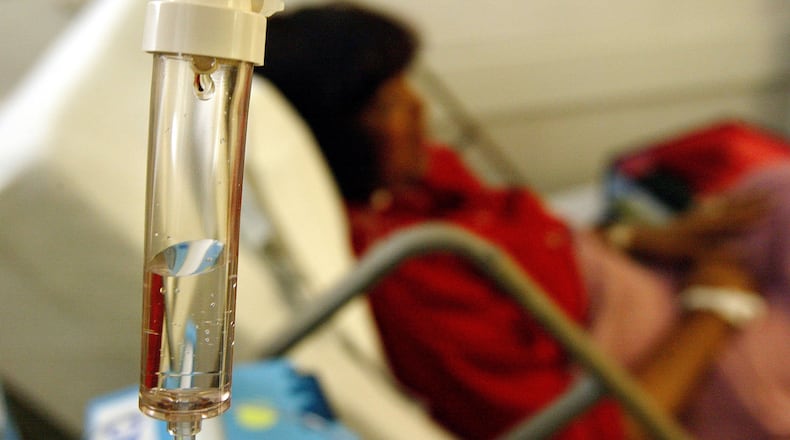Too many women were unnecessarily treated for breast cancer after mammograms detected slow-growing tumors that are basically harmless, according to a Danish study published in the journal "Annals of Internal Medicine."
The research indicated that overdiagnosis of breast cancer is more frequent than previously thought.
The Danish study looked at the incidence of early-stage and advanced breast cancer in women between the ages of 50 and 84 years old, both before and after the country began offering mammograms, between 1986 and 2010.
They found that one in three women diagnosed with breast cancer after a mammogram were unnecessarily treated for the disease, something that officials said can endanger women’s health and lives
The chief medical officer with the American Cancer Society, Dr. Otis Brawley, was not involved in the study but wrote an accompanying editorial.
The study raised the uncomfortable possibility that some women who believe their lives were saved by mammograms were actually harmed by surgery, radiation and even chemotherapy they didn’t need, Brawley said in the editorial.
The problem is that all breast cancers essentially look the same under a microscope, Brawley said, but researchers are recognizing that they don’t pose the same risk.
"By treating all the cancers that we see, we are clearly saving some lives," according to news reports on an interview with Brawley. "But we're also 'curing' some women who don't need to be cured."
The release of the study has stoked a long-running debate, again, over what age women should begin screenings for breast cancer.
The age varies from between 40 to 50 years old, depending on the health agency.
More than 40,000 women in the United States die from breast cancer every year, according to the Centers for Disease Control and Prevention.
About the Author
Keep Reading
The Latest
Featured

